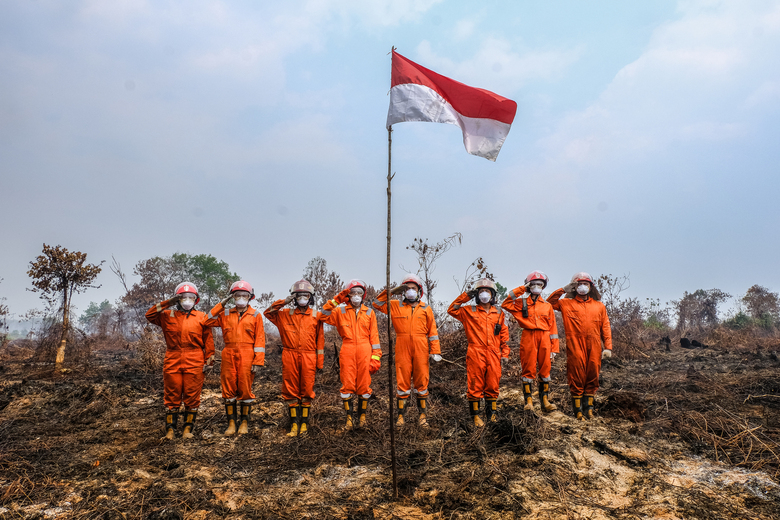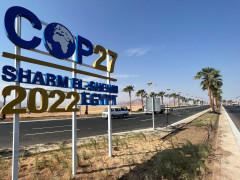Questioning Indonesia's Climate Commitments at COP 27
By AdminIndependence Day Under Smoke: 13,000 Fire Hotspots Detected

From June to July 2025, 11,287 hotspots were detected across 303 Peat Hydrological Units (PHU). Most hotspots were concentrated in Riau, West Kalimantan, and Aceh provinces. The haze has reached Malaysia and Singapore, forcing all three nations to celebrate their respective independence days under the threat of forest and land fires smoke.
Celebrating its 80th independence anniversary, Indonesia’s government has yet to demonstrate maturity in handling chronic forest and land fires. This crisis, rooted in peat ecosystem destruction, is often addressed only through reactive measures. Instead of monitoring land clearing practices and penalizing violating companies, authorities focus solely on firefighting and emergency operations.
Graph of Hotspot Increases in Indonesia's Peatland Hydrological Unity (KHG) Areas
The narrative blaming forest and land fires on extreme weather is no longer valid. July 2025’s hotspot count quadrupled compared to July 2023 (El Niño period), despite this year’s weather being theoretically milder. "This proves the forest and land fires crisis stems from systematic peat ecosystem degradation, not just weather scapegoating," stated Wahyu Perdana, Advocacy, Campaign, and Communications Manager of Pantau Gambut.
This systematic damage is evident from the potential clearing of peatland in protected peat ecosystem areas. Through satellite imagery, Pantau Gambut detected 287 hotspots in a 7 meters deep protected peat area within the concession of PT Sumbertama Nusa Pertiwi. This company in Muaro Jambi, Jambi Province, is indicated to be conducting land clearing due to the presence of relatively neat burn patterns.
Wahyu concluded, "Independence isn’t just freedom from colonization, it’s the right to land, water, and clean air." As long as peat ecosystems are sacrificed for economic interests, environmental policies remain formalistic, and corporate actors evade accountability, forest and land fires will persist as Indonesia’s ecological wound.



